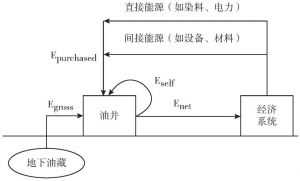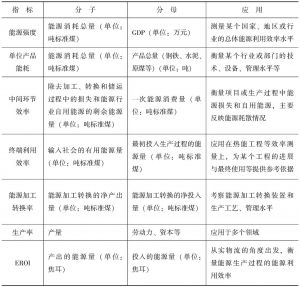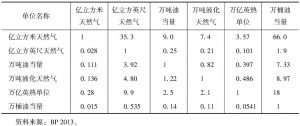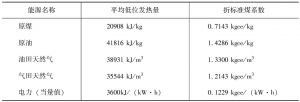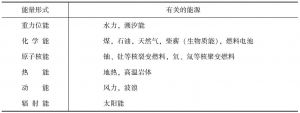章节
《能源回报理论与方法》绪论
检索正文关键字
章节目录
-
第一节 什么是能源回报
- 一 起源与定义
- 二 示意图
- (一)静态示意图
- (二)动态示意图
- 三 优势与作用
- (一)比较能源生产价值的大小
- (二)评价能源质量的变动情况
- (三)说明能源耗竭与技术进步之间的关系
- (四)提供了一个比较不同新能源生产技术的综合指标
- 四 与类似指标比较
- (一)EROI的类似指标
- (二)与类似指标的区别
- 五 能源与能量
- (一)能源
- (二)能(量)
- 第二节 能源回报的研究情况
查看更多>>>


